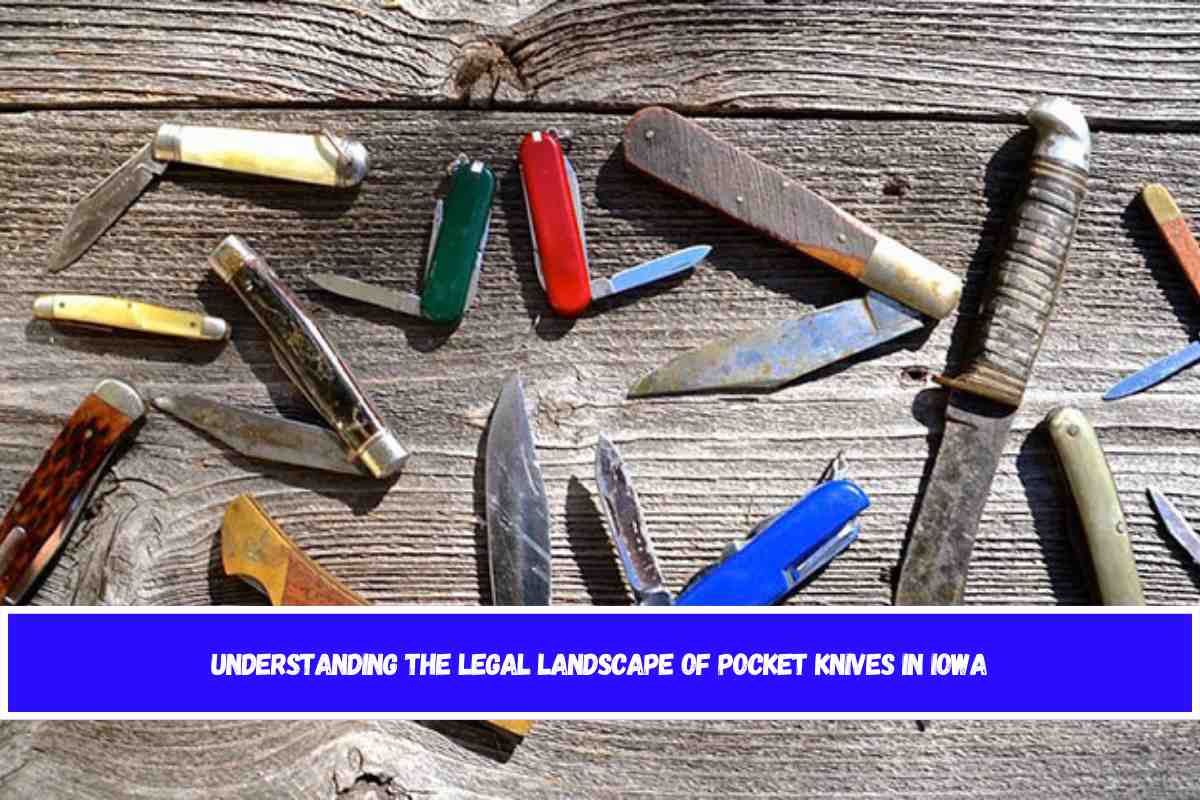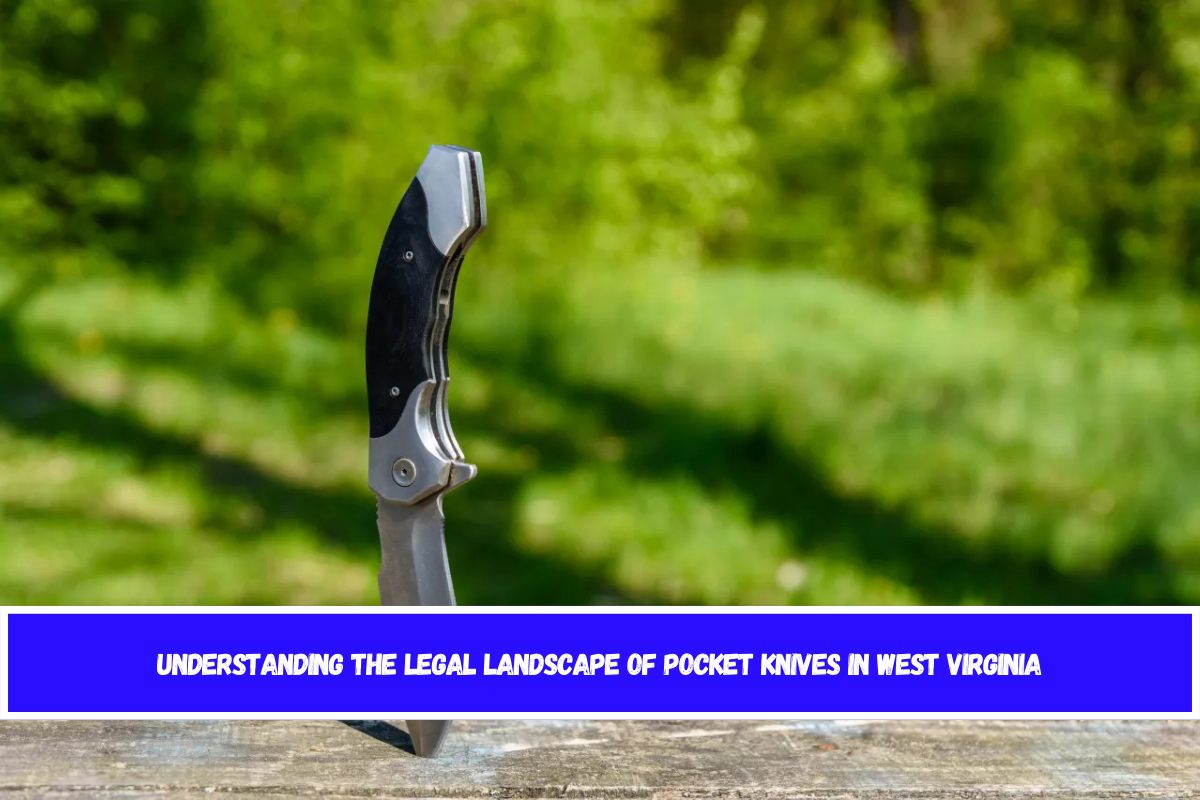Iowa law is relatively permissive regarding the ownership and open carry of most pocket knives, but there are important restrictions and definitions to understand, especially concerning blade length, knife type, and how a knife is carried.
Types of Pocket Knives Allowed
- Folding knives: Legal to own and openly carry. If the blade exceeds five inches, it is classified as a “dangerous weapon” and subject to additional restrictions.
- Fixed blade knives: Also legal, but the same blade length and carry restrictions apply.
- Automatic (switchblade/OTF) knives: Legal to own and open carry, but if the blade exceeds five inches, it is considered a dangerous weapon. Concealed carry of such knives is restricted without a permit.
- Butterfly (balisong) knives: Generally treated as folding knives. Legal unless the blade exceeds five inches, in which case dangerous weapon rules apply.
Key Legal Definitions and Restrictions
- Dangerous Weapon: Includes any dagger, razor, stiletto, switchblade knife, or any knife with a blade exceeding five inches in length, regardless of type. The law does not provide precise definitions for some knife types, so interpretation may vary.
- Offensive Weapon: Ballistic knives (knives with a detachable, spring-propelled blade) are strictly prohibited to own or possess; this is a felony offense.
- Concealed Carry: Concealed carry of any dangerous weapon (including knives with blades over five inches, daggers, stilettos, switchblades, etc.) is unlawful without a valid weapons permit. Open carry is generally permitted for most knives not classified as dangerous weapons.
- Permit Requirements: A permit to carry weapons allows concealed carry of dangerous weapons, including large knives and switchblades. The minimum age to obtain a permit is 21.
- Location Restrictions: Knives are forbidden in weapons-free zones such as schools (within 1,000 feet), courtrooms, and certain government buildings. Enhanced penalties apply for violations in these areas.
- Under the Influence: Carrying a dangerous weapon while intoxicated (BAC 0.08 or higher) is a serious misdemeanor.
Statewide Preemption
- Iowa has statewide preemption, meaning local governments cannot enact knife laws stricter than state law. This is reinforced by legislation effective January 1, 2025, allowing individuals to seek damages if localities violate this preemption.
Penalties
- Carrying a dangerous weapon without a permit is a serious misdemeanor.
- Possession of an offensive weapon (such as a ballistic knife) is a felony, punishable by up to five years in prison and significant fines.
- Enhanced penalties apply for violations in weapon-free zones.
Summary Table: Pocket Knife Legality in Iowa
| Feature | Open Carry | Concealed Carry (No Permit) | Concealed Carry (With Permit) |
|---|---|---|---|
| Blade ≤ 5 inches | Legal | Legal | Legal |
| Blade > 5 inches | Legal | Illegal | Legal |
| Switchblade (≤ 5 inches) | Legal | Legal | Legal |
| Switchblade (> 5 inches) | Legal | Illegal | Legal |
| Ballistic knife | Illegal | Illegal | Illegal |
Key Points for Pocket Knife Owners in Iowa
- You may openly carry most pocket knives with blades up to five inches.
- Concealed carry of knives with blades over five inches, or certain types like switchblades, requires a valid weapons permit.
- Ballistic knives are strictly prohibited.
- Knives are not allowed in schools, courthouses, and certain government buildings.
- Statewide preemption prevents local knife ordinances stricter than state law, with new enforcement provisions effective January 1, 2025.
Always check the most recent state statutes and consult legal counsel if you have specific questions about your situation, as knife laws can be subject to change and interpretation.
Sources:
- https://www.akti.org/state-knife-laws/iowa/
- https://knifeade.com/iowa-knife-law/
- https://www.legis.iowa.gov/docs/publications/CLE/865087.pdf
- https://nobliecustomknives.com/us-knife-laws/iowa-knife-laws/
- https://edc.ninja/iowa-knife-laws/
- https://k923.fm/did-you-know-its-illegal-to-conceal-carry-this-knife-in-iowa/













